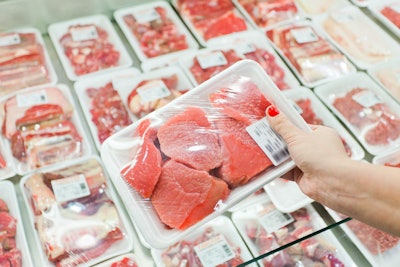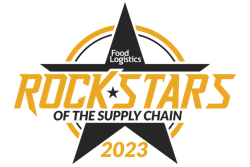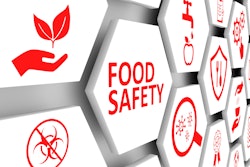
Global supply chain issues continue to grow more challenging due to the lingering effects of the COVID-19 pandemic, geopolitical conflict in Eastern Europe and other macroeconomic issues the world over. Ingredient shortages, rising costs and changing consumer preferences shape the environment for new product development initiatives for food and beverage brands. Shoppers seek new culinary experiences, and after more than two years in survival mode, brands are eager to please. The pressure and desire to innovate has never been higher.
New product development has always been a risky endeavor, even before the pandemic. In 2018, according to McKinsey & Co., three out of four new consumer packaged goods (CPG) products failed within the first four years on the market, a 25% success rate. Today, the odds are even worse.
Why such a high rate of failure? A large part of the problem is that companies struggle to develop products quickly. Conventional wisdom around R&D dictates that it takes 12-18 months, and in some cases, even longer, for a new product to reach the market. During the time it takes for an idea or new recipe to make its way from the lab to the shelf, consumer preferences might have changed or your competitor got on the shelf first.
Product development delays run rampant. Ingredient shortages hamper innovation. For example, global scarcities of staple ingredients such as sunflower oil, wheat and stevia continue to vex CPGs. The need to identify alternative sources and reformulate products are just a couple of essential ways brands can mitigate the impact on new product development.
Cost remains another issue. In April, U.S. Bureau of Labor and Statistics data found that U.S. food prices were up nearly 11% year over year, the most significant 12-month increase in more than 40 years.
Despite these challenges, some forward-thinking brands are achieving higher-than-average success rates with new product launches. Here are three considerations to address the pressure of bringing product to market.
1. Prioritize sustainability and transparent production processes. The pandemic had a noticeable impact on consumer attitudes toward food. Over the last few years, shackled by lockdowns, consumers had more time to think about what they were eating at home. And, there has been a growing need to understand what consumers are buying, where it came from and how it was made. Sustainability is a critical part of that conversation. The impact this shift has had on the CPG industry can’t be understated.
A recent Harris Poll survey commissioned by Google Cloud found that more than half (52%) of shoppers indicated a preference for supporting sustainable brands. Another two-thirds acknowledge actively searching for eco-friendly businesses. And, more than half (55%) also admitted they’d pay more for sustainable brands, a surprising revelation amid rising inflation.
This recent market shift presents an opportunity for brands to take advantage of changing food preferences. New product development is an essential part of the answer. By reformulating products to be more sustainable and healthy, brands can capture a larger share of the market while appealing to shoppers who will become loyal consumers of their brand years into the future.
2. Invest in technology to fail faster. While developing new products is inherently burdensome, one of the biggest mistakes a brand can make is to use antiquated methods and equipment during the process. Modern technology such as advances in artificial intelligence, machine learning and data analytics have improved supply chain agility. According to Bain & Co., brands that invest in supply chain resilience technologies can expect a 15-25% increase in output and a 30% boost in customer satisfaction.
Investing in technology also enables brands and suppliers to break down internal and external knowledge silos, collaborate more efficiently with stakeholders, streamline workflows and scale without adding more headcount. Technology like this allows food producers to ultimately fail faster with their new product development efforts, course correct on the fly and move ahead quickly.
3. Address workforce challenges. Amid the Great Resignation, workforce challenges haven’t skipped over CPGs. While these issues vary widely across industries and geographies, there’s a common recognition that flexibility is paramount. This means addressing issues like labor shortages, remote or hybrid work environments and developing plans for attracting new talent over the long term in an increasingly competitive marketplace. The modern workforce needs more flexibility than before, putting a strain on HR teams and making this an opportune time to reassess workplace dynamics. Re-thinking how food and beverage companies operate as a whole, reassessing an outdated reliance on centralized footprints and planning for a more decentralized workforce are all good things to be thinking about and planning for for the future.
The pandemic rocked the foundation of new product development, reformulation and innovation. Yet, one could argue that change was overdue and the time is now to reshape the entire CPG supply chain, from sourcing to production to logistics. There’s never been a better time to introduce new food and beverage products to a growing base of consumers eager for something different. To remain competitive in this evolving landscape, brands can no longer sit on the sidelines.


















